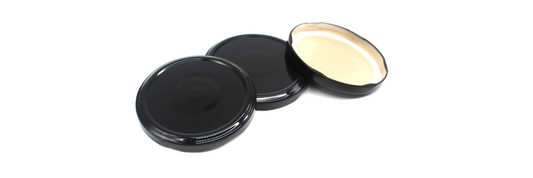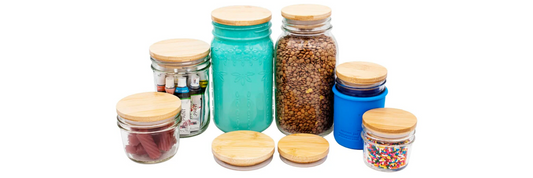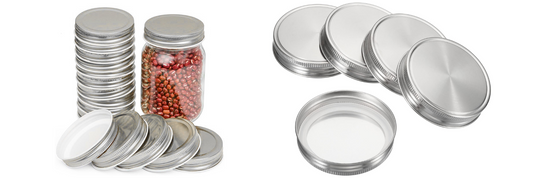Among the types of cutting boards available, teak cutting boards stand out as a top choice thanks to the perfect combination of durability, water resistance, and natural beauty. But what makes teak wood cutting boards really different? And why are more and more people choosing this type of wood for their kitchen? Let's explore it all in the article below.
- Kitchen Cutting Board : Definition, Uses, and Benefits
- Cutting Board Sizes: How to Choose the Perfect Fit for Your Kitchen
- Are Wood Salad Bowls Good? Best Type Of Wood For Salad Bowl
-
Types of Disposable Plates-Experience in Choosing Disposable Plates
What Is a Teak Cutting Board?
A teak cutting board is a kitchen tool made from teak wood, known for its exceptional durability, water resistance, and aesthetic appeal. Teak wood originates from tropical hardwood trees, primarily found in Southeast Asia, and is highly valued for its dense grain and natural oils. These properties make teak cutting boards not only long-lasting but also resistant to bacteria and stains, making them a popular choice among home cooks and professional chefs alike.

Is Teak Good for Cutting Boards?
Yes, teak is an excellent material for cutting boards. Its natural oils make it highly water-resistant, preventing warping and cracking. Teak is also durable yet gentle on knives, preserving their sharpness while withstanding daily use. Additionally, its dense grain and natural antibacterial properties make it a hygienic choice for food preparation. Its rich appearance and long-lasting performance make it a favorite among both home cooks and professionals.
Benefits of Teak Cutting Boards
- Durability and Longevity: Teak wood is known for its outstanding durability, withstanding pressure and wear during use. Compared to other types of wood such as maple, walnut or bamboo, teak has the ability to maintain its shape and not warp over time.
- Natural Water Resistance: With a high content of natural oils, teak wood has very good water resistance, helping to prevent mold or discoloration. This characteristic is a big advantage over other types of wood when used in the kitchen.
- Safe for Knives: Teak wood is softer than some types of hard wood such as bamboo, helping to retain sharp blades and limit knife wear during use.
- Natural Antibacterial Ability: Teak wood has antibacterial properties due to its high natural oil content, which helps limit the growth of bacteria and mold on the cutting board surface.
- Environmentally Friendly: Many manufacturers only use sustainably harvested teak wood, helping to minimize negative impacts on the environment.

Popular Types of Teak Wood Cutting Boards
- Edge Grain Cutting Board: This chopping board is cut in the direction of the horizontal wood grain, suitable for basic kitchen needs.
- End Grain Cutting Board: The wood grain is cut vertically, increasing durability and resistance to knife wear.
- Cutting Board with Drainage Slot: Suitable for processing meat or fruits with a lot of water.
What Makes Teak Wood Better Than Other Chopping Board Materials?
- Superior Durability: Teak wood stands out for its high density and hardness, making it resistant to cuts and scratches compared to softer materials like bamboo or plastic.
- Natural Water Resistance: Unlike other woods, teak contains natural oils that repel water, reducing the risk of warping, cracking, or swelling over time.
- Knife-Friendliness: While some materials like glass or ceramic dull knives quickly, teak’s slightly softer surface ensures minimal wear on blades.
- Aesthetic Appeal: Teak’s rich golden-brown color and beautiful grain patterns make it a visually appealing addition to any kitchen.
- Longevity and Eco-Friendliness: When sourced sustainably, teak is an environmentally conscious choice due to its long lifespan and reduced need for frequent replacements.
How To Maintain and Care for Teak Chopping Boards
Cleaning
-
Wash the board by hand using warm water and mild soap immediately after use.
-
Avoid soaking the board in water or putting it in a dishwasher, as this may damage the wood.

Regular Oiling
-
Apply food-safe mineral oil or specialized cutting board oil every 2-3 months to maintain the wood’s natural luster and water resistance.
Stain Removal
-
Use a mixture of baking soda and water to gently scrub away stains or odors.
Storage
-
Store the board in a dry, well-ventilated area, away from direct sunlight and heat sources, to prevent warping.
FAQs Teak Wood Cutting Boards
Is teak wood good for cutting boards?
Yes, teak wood is great for cutting boards due to its durability, water resistance, and knife friendliness. Additionally, the wood's natural antibacterial properties make it a top choice for the kitchen.
How to clean teak cutting boards?
Wash with warm water and mild soap, then dry immediately to avoid water absorption. Do not put cutting boards in the dishwasher as high temperatures and humidity can damage the wood.
How often should teak cutting boards be oiled?
Apply food-grade mineral oil or specialty oil every 2-3 months or when the wood surface begins to dry, to maintain its shine and water resistance.
Are teak cutting boards suitable for cutting raw meat?
Yes, but you need to clean them thoroughly after each use to ensure hygiene. Additionally, using separate cutting boards for raw meat and other foods is a safer way.
Conclusion
Teak cutting boards are not only a useful tool in the kitchen but also a durable, aesthetic and safe product for health. With the ability to resist water, protect knives and naturally fight bacteria, this is the ideal choice for those who want to invest in a high-quality tool. If you take care of it properly, teak cutting boards will accompany you for many years, becoming an indispensable part of your family's kitchen. Start upgrading your cooking experience with a teak cutting board today!









